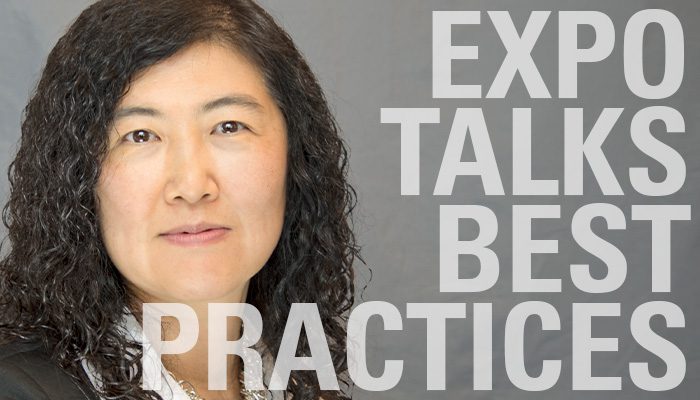The German American Chambers of Commerce (GACC) is hosting a Chicago event focused on promoting energy efficiency in the building industry. (Learn more about the GACC conference.)
By Erik Nelson and John Doyle
A major healthcare system in the Chicago area recently adopted a Unified Communication and Collaboration (UCC) platform as its standard and was starting to deploy the solution and train its first users.
Then, the unthinkable happened: COVID-19 struck.
Doctors, nurses, and healthcare staff were inundated with the challenges of caring for their patients while staying safe. Non-essential workers were ordered to stay home to help flatten the curve.??
All the while, operations needed to continue to save lives. A lot of questions began to arise:
- How was the hospital going to continue to function while maintaining social distancing?
- How could facilities continue to hold meetings to manage critical construction to support treatment efforts and surges in patients, while they were required to work from home?
- Could the hospital still hold large staff meetings to convey critical information and educate staff on the crisis?
The adoption of the hospital’s chosen unified collaboration platform sky-rocketed, and virtual meetings became commonplace overnight. But their popularity brought to light some shortcomings of the hospital’s existing infrastructure and users wanted to push the virtual solution further than the deployment would support.
That’s when the hospital’s IT department reached out to ESD to help solve problems and develop a roadmap. Here are some of the ways we’ve worked with the hospital thus far:
- Advising on setting up a large conference room to host interactive virtual panel discussions with tens of thousands of staff in attendance to learn from epidemiologists and administrators about the hospital’s plan and how it is being executed.
- Counseling IT staff on how to enact hardware/software solutions to support virtual rounding and clinical consultation.
- Reviewing deployments in existing conference spaces to allow the integration of the UC platform to support critical meetings with staff still on-site and remote employees.
- Revising standards for infrastructure deployment to balance the budget with support for seamless virtual meetings and integrated uniform user experiences to make the systems easy to use.
In the short term, the hospital’s unified collaboration platform solved many problems. With ESD’s help, the hospital is also setting itself up for success in leveraging the solutions moving forward after the pandemic has subsided.
Let’s continue the conversation to determine the best IT solutions for your needs. Email Erik Nelson, Senior Project Manager, or John Doyle, Audio Visual Consultant.




